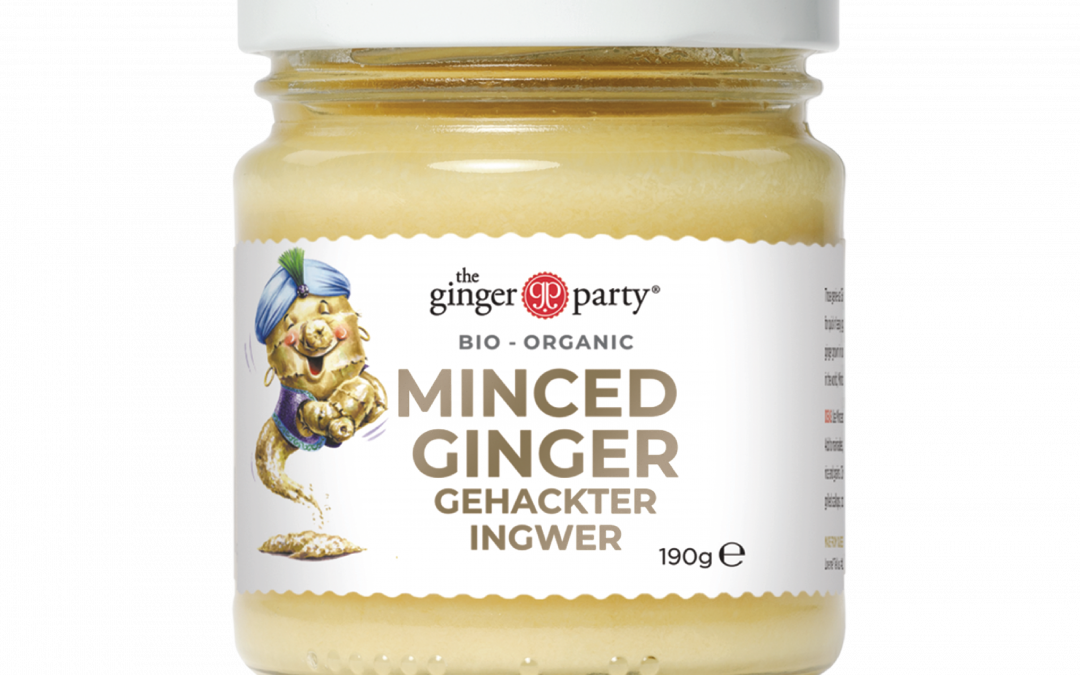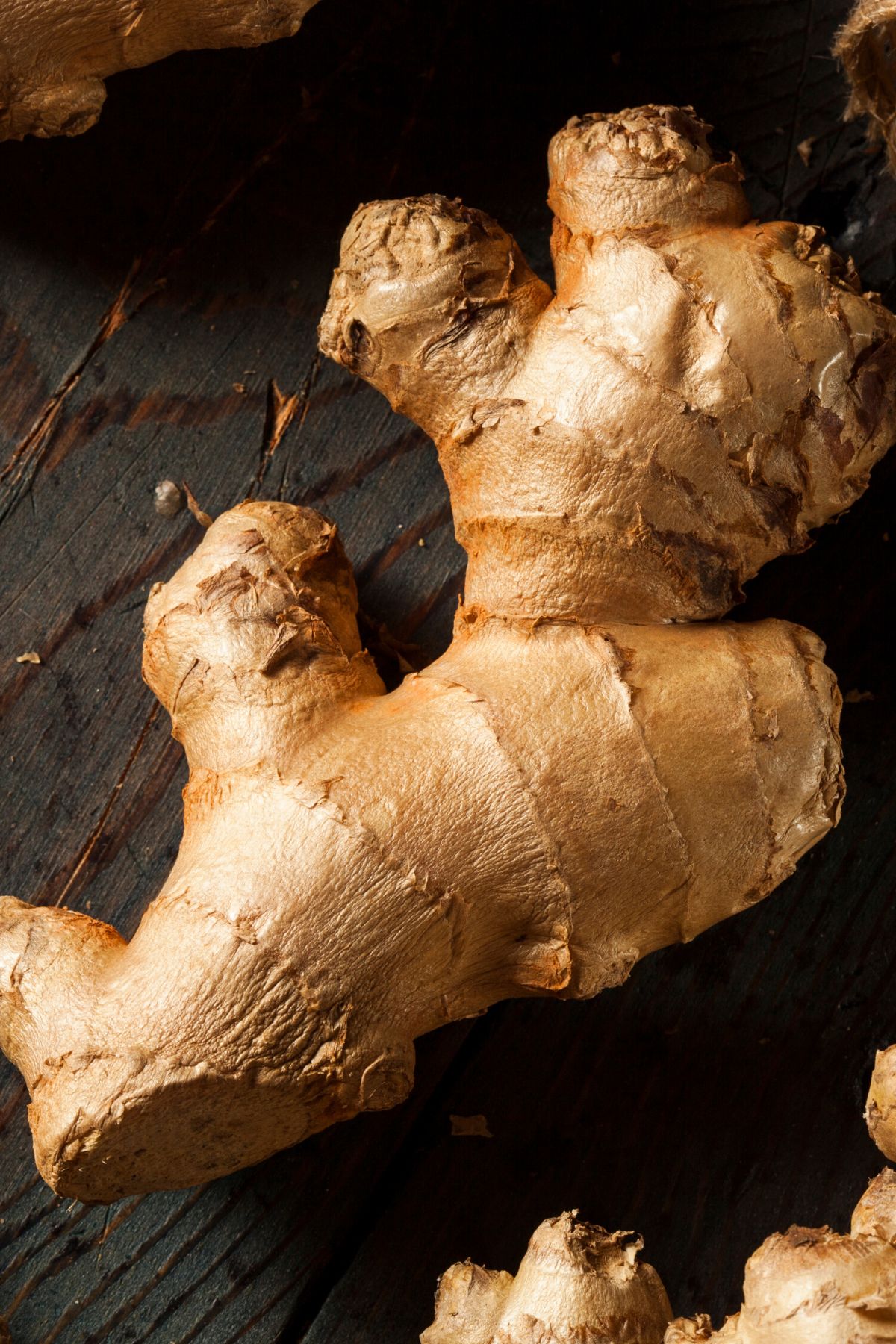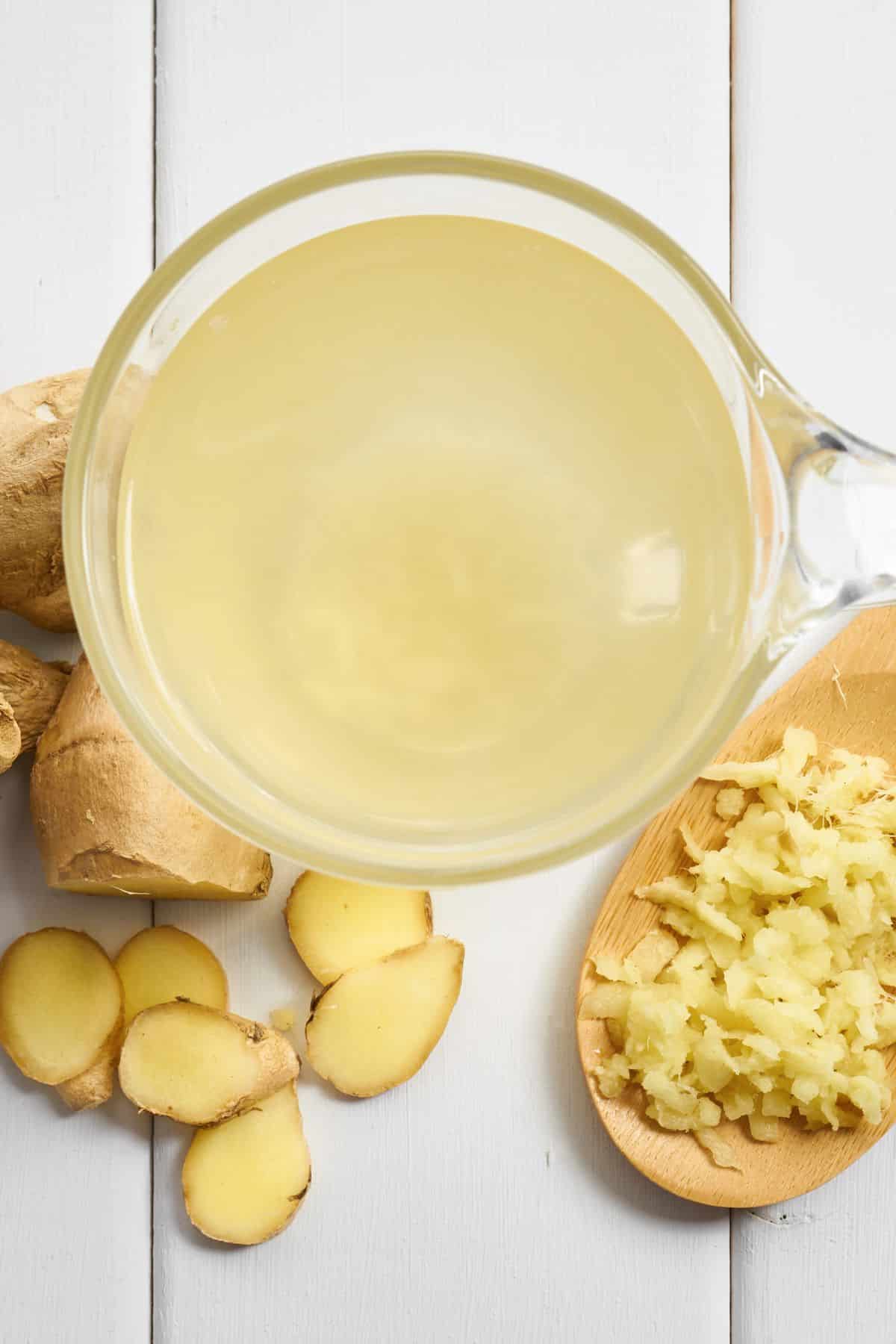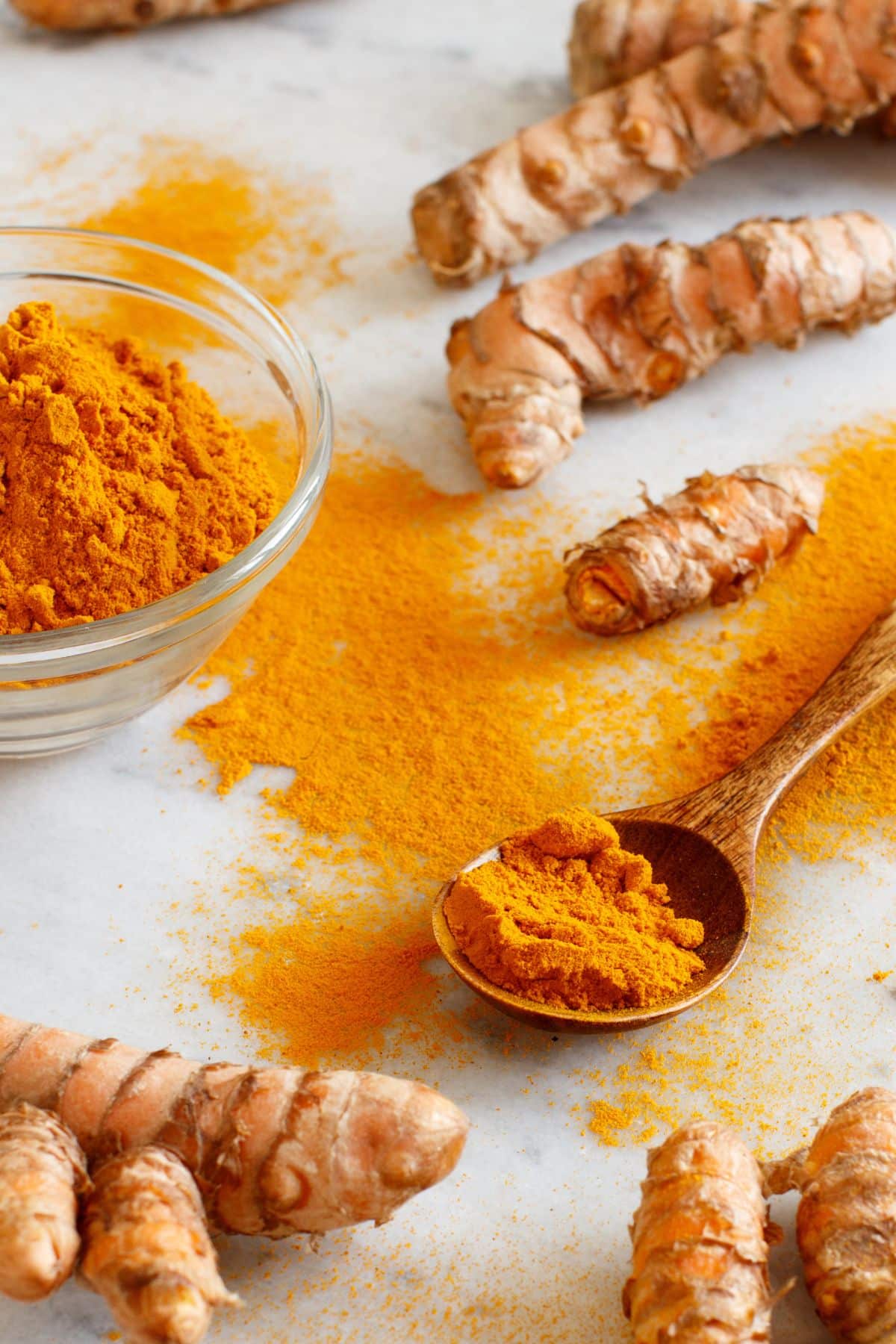If you need ginger paste in a recipe, but don’t have any on hand, you’re in luck! There are many great options that can offer that same delicious flavor. Here are 9 of the best substitutes for ginger paste.
Is ginger paste the same as minced ginger? No, ginger paste is blended ginger whereas minced ginger is raw ginger chopped with a knife. The ratio equivalent is 1-inch raw ginger to 1 Tablespoon (3 teaspoons) ginger paste.

Overview of Ginger Paste
Ginger paste is a generic term for a smooth, thick mixture of ground ginger and other ingredients. It is used as a flavoring or seasoning in many cuisines including Indian and Asian cuisine.
The main use of ginger paste is as an ingredient in Indian cooking and it is used to make curries, masalas, and other dishes. It’s also a key ingredient in many Asian dishes.
Ginger paste can also be used in sweet dishes such as pumpkin pie with a ginger flavor.
Ginger paste is made by blending fresh ginger with water and other spices, resulting in a thick, flavorful paste. While the exact taste of ginger paste varies depending on the recipe, the flavor is typically very spicy and slightly sweet.
Ginger also has lots of health benefits including supporting the immune system. It’s also used for nausea and motion sickness.
If you don’t have packaged or homemade ginger paste at home, here are the best options to use as a ginger paste substitute.
For savory recipes, most of these options are a very good substitute with a similar taste.

Fresh ginger is the root of an underground plant, and it can be easily grated, minced, or chopped into very small pieces. It’s an excellent substitute for ginger paste and it is easy to find in most grocery stores or Asian stores.
To substitute fresh ginger for ginger paste, you will need to mince or grate it before adding it to the recipe.
Fresh ginger has a more intense flavor than ginger paste, so you may want to reduce the amount used in order to avoid overpowering the other flavors in your dish. The taste is similar, but since fresh ginger has more of a kick, it will also be spicier than the paste.
To substitute one teaspoon of ginger paste, use 1/4 teaspoon of ground fresh ginger.
Ground ginger (also called ginger powder) is made from dried, ground ginger root and it is a great substitute for ginger paste.
The flavor of ground ginger is less intense than fresh ginger or ginger paste, so you may want to increase the amount slightly when using it as a substitution. The taste will be similar with the same flavor profile, but not quite as spicy as the paste.
Still, it’s a great replacement and perfect substitute.
To substitute one teaspoon of ginger paste, use 1/4 teaspoon of ground ginger.

Ginger juice is a liquid made from pressing fresh ginger and then straining it.
The flavor will be similar to that of ginger paste, but with a slightly more intense spice level. You may want to reduce the amount of ginger juice slightly in order to avoid overpowering other flavors in your dish.
To substitute one teaspoon of ginger paste, use one teaspoon of ginger juice.
Candied ginger or crystalized ginger
Candied or crystalized ginger is fresh ginger that has been boiled in a sugar syrup and then dried.
It can be used as a substitution for ginger paste, but you may need to adjust the other flavors in your recipe since candied ginger will add a sweet element to the dish. The flavor will be similar to ginger paste, but with a sweet note.
To substitute one teaspoon of ginger paste, use two tablespoons of candied or crystalized ginger.
Galangal is a type of ginger root that is related to turmeric.
It’s used a lot in Southeast Asian cooking. It has an intense earthy, pungent flavor with a hint of citrus and you may want to use less when substituting it and adjust to taste.
It is not as creamy as ginger paste but can still be used for many recipes.
To substitute one teaspoon of ginger paste, use one teaspoon of galangal.
Lemongrass is a herb that has a very similar flavor and aroma to ginger paste.
The flavor will not be as strong as ginger paste, but still has a citrusy taste and a slightly spicy kick. It can be used in both sweet and savory dishes, adding a unique twist to traditional recipes.
To ensure that your dish is not overpowered by the lemongrass flavor, consider reducing the amount of any other strongly flavored spices or herbs in the recipe.
To substitute one teaspoon of ginger paste, use one teaspoon of lemongrass.

Turmeric is a root that has a mild, earthy flavor. The flavor will be less intense than ginger paste but still has a mild earthiness.
Turmeric is best used in dishes that are not too spicy as its flavor can easily be overwhelmed. It can also add a nice color to your dish, making it an attractive addition.
To substitute one teaspoon of ginger paste, use two teaspoons of turmeric.
Orange zest is finely grated peel from an orange, which adds a bright citrus flavor to dishes.
The flavor will not be as intense as ginger paste, but will still add a nice citrusy note to the dish. It is best used in dishes that already have strong flavors, such as curries or stir-fries, to balance out the other spices and make them more complex.
To substitute one teaspoon of ginger paste, use one teaspoon of orange zest.
Lemon zest is the thinly-grated outer layer of a lemon’s skin. It is used to provide flavor and aroma in both sweet and savory dishes.
Lemon zest provides a more delicate flavor than ginger paste, and is best used in lighter dishes such as salads, soups, and baked goods. It can also be used to make a bright citrusy vinaigrette or marinade.
To substitute one teaspoon of ginger paste, use one teaspoon of lemon zest.
Homemade Ginger Paste ~ How to Make Ginger Paste ~ Noreen’s Kitchen Basics
FAQ
Can I substitute minced ginger for ginger paste?
Is minced ginger the same as grated ginger?
Can you use minced ginger in baking?
Is ginger paste stronger than fresh ginger?
Can you substitute minced ginger for ginger paste?
Substitute freshly minced or grated ginger root at a 1:1 ratio. If substituting with ground ginger, use ¼ teaspoon ginger powder for every 1 teaspoon ginger paste (1:4). Is ginger paste the same as minced ginger?
How to cook ginger?
For the tea, cut ginger into pieces of approximately two centimeters and place with water in the fire. Let it boil for eight to ten minutes. The proportion varies, but you can use 5 grams for each liter.
What is ginger paste?
Ginger Paste is an amazing way to turn up the flavor on everything you cook at home from smoothies to sauces and even sweets! It’s simple to make, easy to store, and even easier to use! Trim each piece of ginger root to remove all extra knobs, bumps, and twists.
What is the difference between ginger powder and ginger paste?
Ginger powder gives you less of a spicy flavor whereas ginger paste or fresh ginger will give you that strong robust flavor. The natural oils in fre sh ginger bring out a strong flavor and when it gets dried the flavor profile loses its kick. For more information about how to store ginger see my post here.
